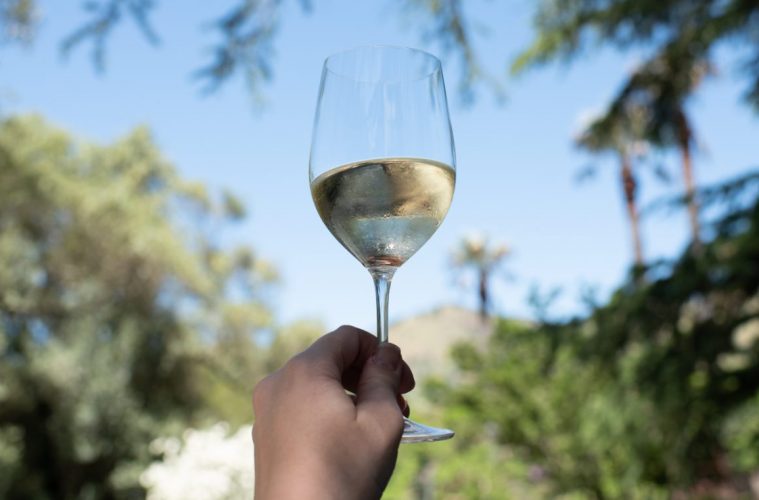With us still being in lockdown we are feeling extra nice so here is a double dose of Friends of MTF
The team at Stags’ Leap Winery, located at the very heart of Stags Leap District, share with us everything there is to know when choosing the best dry wines.

The “dryness” of a wine refers to its sugar content. In the production of wine, the grape juice undergoes the process of fermentation, where the natural sugars of the juice are converted to alcohol and carbon dioxide by yeast. In many instances, the winemakers do not allow fermentation to fully complete; they want to prevent the yeast from consuming all the sugar. They do this so that they can retain some sweetness in the wine. The remaining sugar is called residual sugar.
On the other hand, if a wine is considered “dry,” it means that it underwent production with complete fermentation: the yeast has converted all the sugar into alcohol. With 100% conversion, the wine will have zero residual sugar and minimal sweetness. However, the level of residual sugar in a wine is not indicative of the level of the fruit essence. Drinking a dry wine will still allow you to taste the fruit, it will just not be sweet.
A lot of people misuse the term “dry” wine simply because they do not understand what it truly means for wine to be dry. One reason for the confusion is that many people take the literal meaning of dry to describe their experience of a wine. They would say that they tasted a dry drink when it appeared to dry their mouth quickly.
A wine that causes this phenomenon is rich in tannins. Some people also associate “dryness” with higher alcohol content. This association is probably because wines with higher alcohol content evaporate faster, thereby creating a drying sensation too. But it’s possible that a wine can be rich in tannins or have a high alcohol content but not be dry.
Ultimately, dryness has nothing to do with the wine’s alcohol content or ability to produce a drying sensation in the mouth. It is all related to the residual sugar in the wine and its sweetness.
What Are Some Excellent Examples of Dry Wines?
Before we discuss that, you need to know about the different levels of sweetness of wine and their corresponding labels or characteristics.
| Level of Sweetness | Wine Label or Characteristic |
| <1% | Wine is dry |
| >3% | Wine will have an “off-dry” or semi-sweet taste |
| >5% | Wines are sweet |
| 7-9% | Starting level of dessert wines |
For reference, 1% sweetness is equivalent to a residual sugar of 10 g/L. Also, 1% sweetness contains almost “2 carbs” per 150 ml or 5 ounces of wine.

Here’s our pick of some exceptional dry red wines
1) Decoy Sonoma Cabernet Sauvignon 2016 (California, USA)
2) Chateau Ste. Michelle Indian Wells Cabernet Sauvignon 2015 (Washington, USA)
3) Rodney Strong Estate Pinot Noir 2015 (Sonoma County, USA)
4) Guigal Cotes Du Rhone Rouge 2015 (France)
5) Chateau De Landiras 2014 (France)
6) Antinori Villa Toscana 2015 (Italy)
7) Zaccagnini Il Vino Dal Tralcetto Montepulciano D’ Abruzzo 2015 (Italy)


